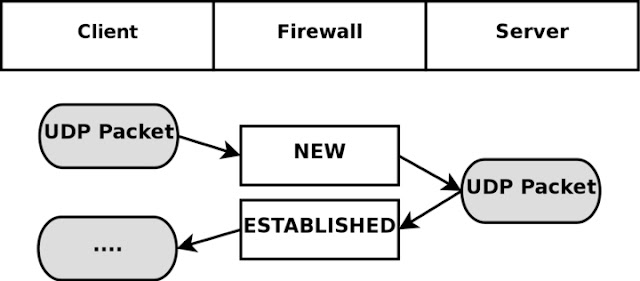Understanding UDP
UDP is an abbreviation of User Datagram Protocol is part of the internet protocol. With UDP, computer applications can send messages to other computers in a network to another without doing the initial communication.
CHARACTERISTICS UDP
- UDP provides a mechanism to send messages to an application layer protocol or process in a host within a network using TCP / IP. UDP header contains the Source field and Destination Identification Process Identification Process.
- UDP provides a 16-bit checksum calculation of the UDP message. Checksum is optional because if the checksum does not match then the program will refuse datagram network without telling the recipient and sender.
- There is no connection initialization, so it is not required welcoming socket, such penginisialisasian accept on the server and on the client socket.
- No input and output stream formed from or to the socket.
- The sender will create a datagram packet and sends it to the destination. Each package is formed will be given information about the IP address and port for each row of bytes to be sent.
- Recipients must describe the datagram packet in order to know the information sent.
FUNCTION UDP
- Protocols were "mild" (lightweight): To conserve memory and processor resources, some application layer protocols require the use of a lightweight protocol that can perform specific functions by exchanging messages. An example of a lightweight protocol is the query function in the application layer protocol name Domain Name System.
- Application layer protocol that implements reliability services: If the application layer protocols provide reliable data transfer, the need for reliability offered by TCP became no. Examples of such protocols are the Trivial File Transfer Protocol (TFTP) and Network File System (NFS).
- Protocols that do not require reliability. Examples of this protocol is a protocol Routing Information Protocol (RIP).
- Transmission broadcast: Because UDP is a protocol that does not need to make a connection first with a particular host, the broadcast transmission was possible. An application-layer protocol can send data packets to multiple destinations using multicast or broadcast address. This contrasts with the TCP protocol transmission can only transmit one-to-one. Example: query names in the NetBIOS Name Service protocol.






Post a Comment
Post a Comment